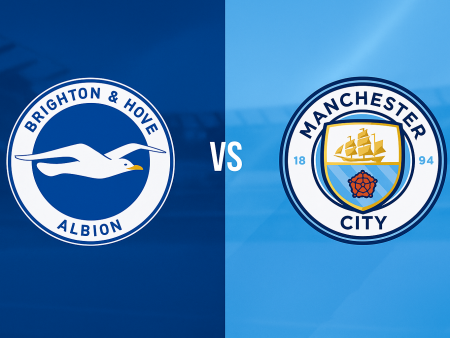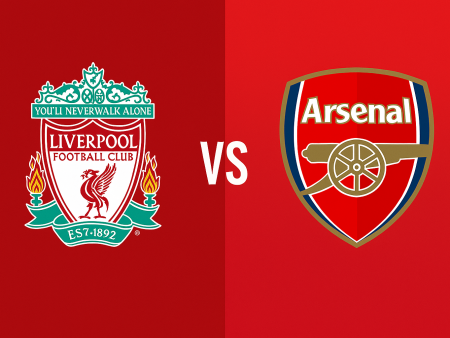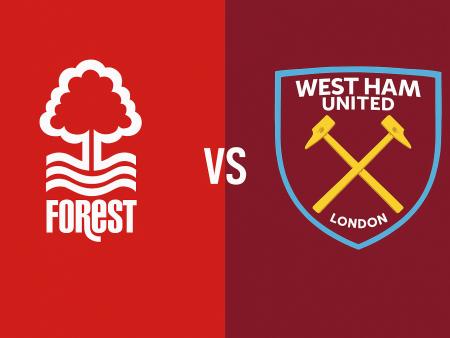Arsenal’s Remarkable 2022-23 Campaign: A Tactical Overview Under Mikel Arteta
Arsenal has experienced a resurgent 2022-23 season, exceeding expectations and establishing themselves as Premier League frontrunners for most of the campaign. With just two teams managing to take points off Arsenal after 16 games, the club’s transformation under Mikel Arteta has been comprehensive, combining attacking flair and defensive solidity. This tactical breakdown explores how Arteta has shaped Arsenal into title contenders.
Refined Tactical Setup: The Evolution of Arsenal’s Formation
Throughout the season, Arteta has maintained a clear and adaptive tactical identity, often deploying a shape best described as a 4-2-3-1. While some may interpret Arsenal’s structure as a 4-3-3 or a 4-1-4-1, the system is defined by Thomas Partey's anchoring role in midfield, with Granit Xhaka advancing as a true central midfielder and Martin Ødegaard afforded creative freedom operating as a playmaker.
Xhaka’s newly enhanced role allows him to surge forward both in possession and during the press, providing Arsenal with dynamic midfield options. Ødegaard, meanwhile, acts as the team’s chief creator, floating into various positions to link play and unlock defenses. The system’s versatility ensures Arsenal can shift between shapes to suit the flow of the game without losing balance.
The Backbone: Leadership and Trusted Personnel
Arteta’s approach to squad management has fostered a new culture of leadership and reliability. Ten core players consistently accumulate the bulk of minutes, with only occasional absences due to injuries such as Oleksandr Zinchenko’s. Unlike previous eras, critics can no longer question Arsenal’s resolve-on-pitch leaders such as Ødegaard, Xhaka, Gabriel, and Aaron Ramsdale epitomize the team’s newfound mentality.
The collective leadership is reinforced by internationals like Zinchenko and Partey, who have captained their national teams, and Gabriel Jesus, who brings enthusiasm and urgency. This core has been central to eliminating the club’s historic lack of steel.
Defensive Enhancements: Stability and Versatility at the Back
A key element of Arsenal’s improvement has been the reorganization of their defensive unit. William Saliba’s return, following loan spells in France, has injected composure and athleticism alongside Gabriel Magalhães at centre-back. Ben White’s transition to right-back has proved inspired, offering both stability in defense and support in possession with a capacity to play as an inverted full-back, much like Zinchenko on the opposite side when fit.
This defensive setup has provided a platform for Arsenal to keep their goals conceded low, supported by Ramsdale’s proactive goalkeeping and the ability of full-backs to adapt their positioning and press high when necessary.
Midfield Dynamics and Attacking Support
Thomas Partey’s responsibilities as a dedicated holding midfielder have unlocked further potential across the pitch. His range of passing and positional awareness balance the team in possession and transition. Ahead of him, the wide players-Martinelli and Saka-have enjoyed standout seasons, both contributing heavily to goals and assists thanks in part to the creative influence of Ødegaard and the intelligent movement of Gabriel Jesus.
The synergy between the midfield trio and the forward line has allowed Arsenal to sustain pressure, counter-press effectively, and transition smoothly from defense to attack.
Offensive Patterns: Fluidity and Wide Overloads
Arsenal has become one of the Premier League’s most prolific teams, averaging 2.5 goals per game. Their attacking arsenal stands out for its variety: rapid transitions, incisive build-up, and well-rehearsed set-pieces.
The build-up frequently adopts a 2+3 structure, with Partey typically at the tip of a midfield diamond formed with the centre-backs and full-backs. As play develops, White and Zinchenko invert into central areas, supporting both the build and the immediate counter-press should possession change.
On the left, Zinchenko’s ability to step inside creates opportunities for Xhaka to occupy more advanced positions, combining with Martinelli and Jesus who often rotate positions, destabilizing opposing defenses. Similarly, on the right, Ben White supports Saka with overlapping or underlapping runs to maximize space and create overloads, while Ødegaard drifts wide to provide another passing option or to draw defenders centrally.
Key attacking principles include:
- Rotational movement between forwards and midfielders
- Wide overloads that drag opposition wingers deep, limiting their ability to counter
- Flexibility in positional play, allowing Ødegaard and Jesus to switch between central and wide roles
Defensive Principles: Aggression, Press, and Compactness
Defensively, Arsenal’s organization is equally effective. After 16 fixtures, they have conceded only 14 goals, with a low expected goals against (xGA) of 0.88 per match and just 8 shots conceded per game-among the best in the league.
In the press, Arsenal shift into a 4-1-4-1, with Xhaka and Ødegaard blocking central passing lanes, forcing long balls from opponents. Their pressing isn’t merely about regaining possession; it is a platform to immediately launch attacks, as evidenced by Arsenal’s high recoveries and tackle counts in advanced areas.
Key defensive strategies:
- High pressing and aggressive counter-pressing in the opposition half
- Adaptive defensive shapes: 4-1-4-1 for high pressing, and often a 4-4-2 block mid-to-low, with Ødegaard and Jesus curbing the opposition’s center-back options
- Quick traps set wide, utilizing full-backs and wide midfielders to isolate and win the ball
- Fast recovery runs from the midfield when the press is bypassed, backed by the physicality of the centre-backs and proactive goalkeeping
Arsenal’s wide overloads-so vital in their attack-also restrict opponents’ options in transition, forcing opposing wingers to defend deeper and limiting fast break threats.
Conclusion: Arsenal’s Renaissance Under Arteta
Arsenal’s 2022-23 campaign under Mikel Arteta has marked their return to the upper echelon of English football. Statistically formidable in both attack and defense, the team’s improvement has rested on a cohesive game model, empowered leadership, and elite tactical organization. Their dominance out wide and clever use of midfield roles have set them apart.
Whether this upward trajectory results in their first league title since 2004 remains to be seen. Regardless, Arteta’s revitalized Arsenal have established a foundation and philosophy that should sustain success and entertain fans for seasons to come.













